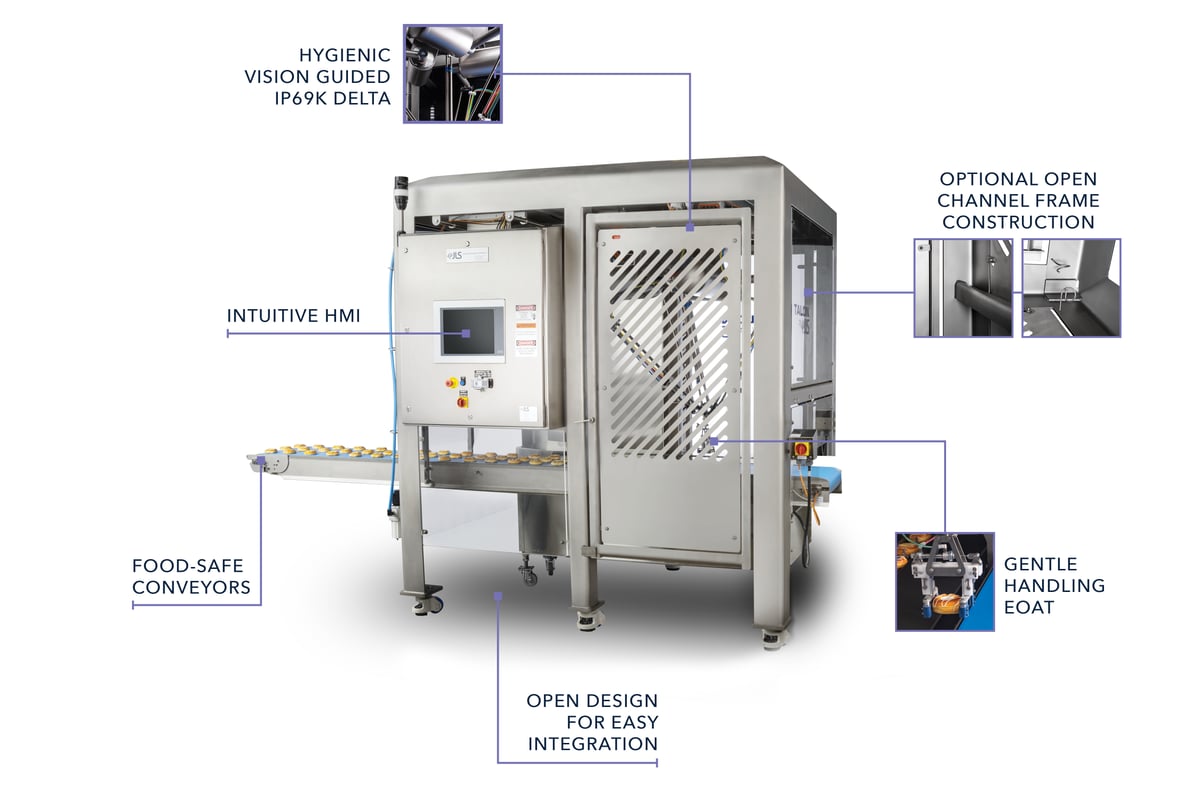In today’s fast-paced industrial landscape, efficiency and precision are more important than ever. As companies strive to meet increasing demands and maintain high standards of quality, the role of automation has become critical. Among the most transformative technologies in this space are pick and place robots, which have fundamentally changed the way packaging processes are carried out. These advanced systems offer unparalleled speed, accuracy, and flexibility, making them indispensable in various industries.
The Role of Pick and Place Robots in Modern Manufacturing:
Pick and place robots are specialized machines designed to automate the process of picking up items and placing them in specific locations. These robots excel in environments where repetitive tasks need to be performed quickly and with high precision. In manufacturing, this often involves picking products off a conveyor belt and placing them into packaging, a task that was once done manually by workers.
The benefits of using pick and place robots are manifold. First and foremost, they significantly reduce the time required to complete packaging tasks, allowing companies to meet production targets more efficiently. Additionally, these robots minimize human error, ensuring that every product is handled with the same level of care and precision. This consistency is crucial in industries like food and pharmaceuticals, where even the smallest mistake can lead to costly recalls or safety issues.
The Evolution of Pick and Place Packaging:
Pick-and-place packaging is a specific application of these robots that has seen rapid advancements in recent years. In this process, robots arrange products into their final packaging configuration, whether it’s placing items into boxes, trays, or other containers. The precision of pick and place packaging is especially valuable when dealing with delicate or irregularly shaped items that require careful handling.
One key advantage of pick-and-place packaging is its adaptability. Modern systems can be programmed to handle a wide variety of products, from fragile glass items to heavy metal parts. This versatility makes them ideal for companies that need to package different products on the same production line, offering a level of flexibility that manual labor simply cannot match.
Moreover, the integration of advanced sensors and AI technology allows pick-and-place robots to make real-time adjustments based on each product’s specific characteristics. This means that even as products change in size, shape, or weight, the robots can still operate with maximum efficiency, reducing downtime and increasing overall productivity.
The Impact on Industry and Workforce:
The widespread adoption of pick and place robots has had a profound impact on the industry. For businesses, the primary benefits are clear: increased speed, reduced costs, and improved accuracy. However, the implications for the workforce are more complex. While automation can lead to job displacement in some areas, it also creates new opportunities in others, particularly in robot maintenance, programming, and system design.
Taking over repetitive and physically demanding tasks, picking and placing robots can help improve workplace safety and reduce the risk of injury among workers. This allows employees to focus on more complex and creative aspects of production, leading to a more engaged and skilled workforce.
Conclusion:
As automation continues to advance, pick-and-place robots and pick-and-place packaging will play an increasingly vital role in modern manufacturing. Their ability to enhance efficiency, precision, and flexibility makes them a key asset for companies looking to stay competitive in today’s market.

